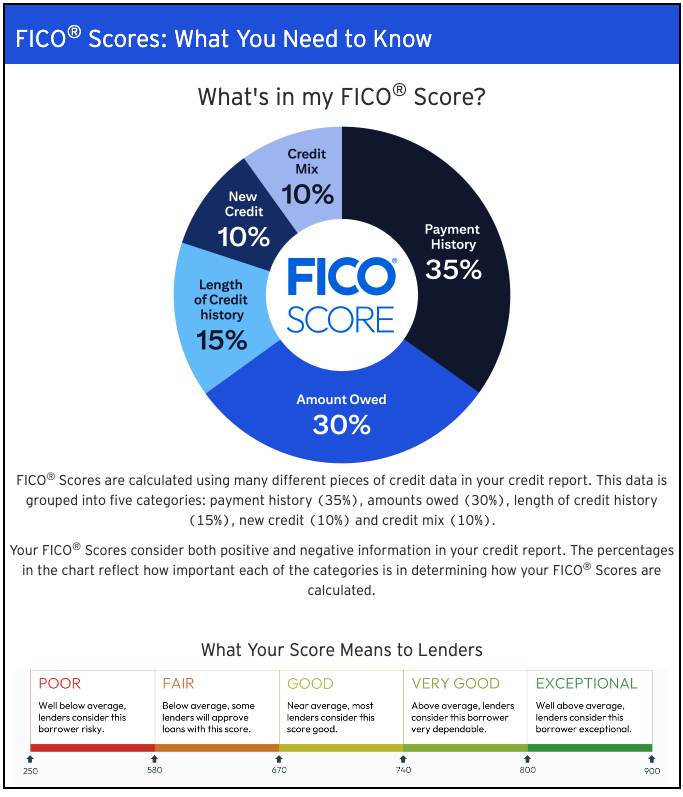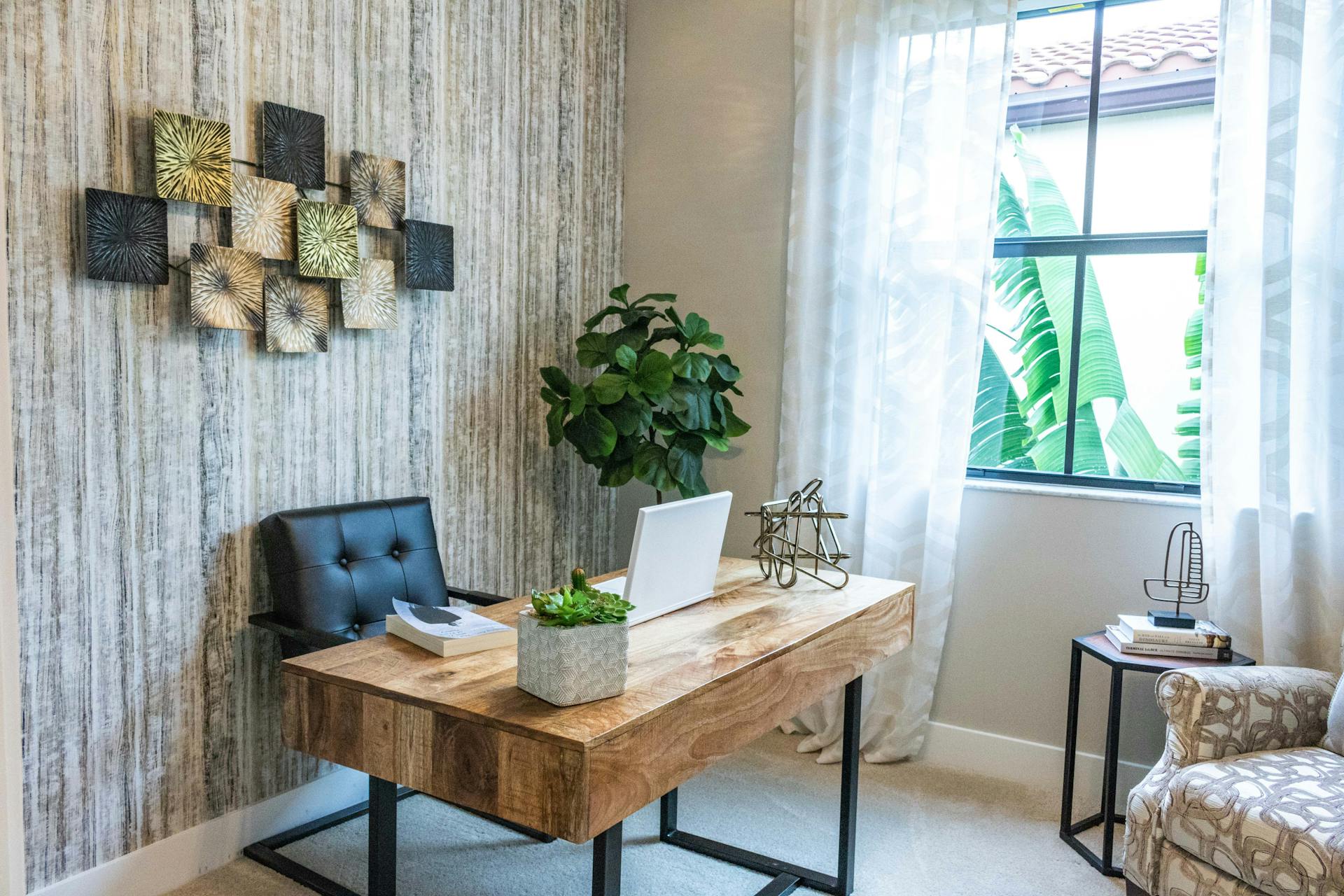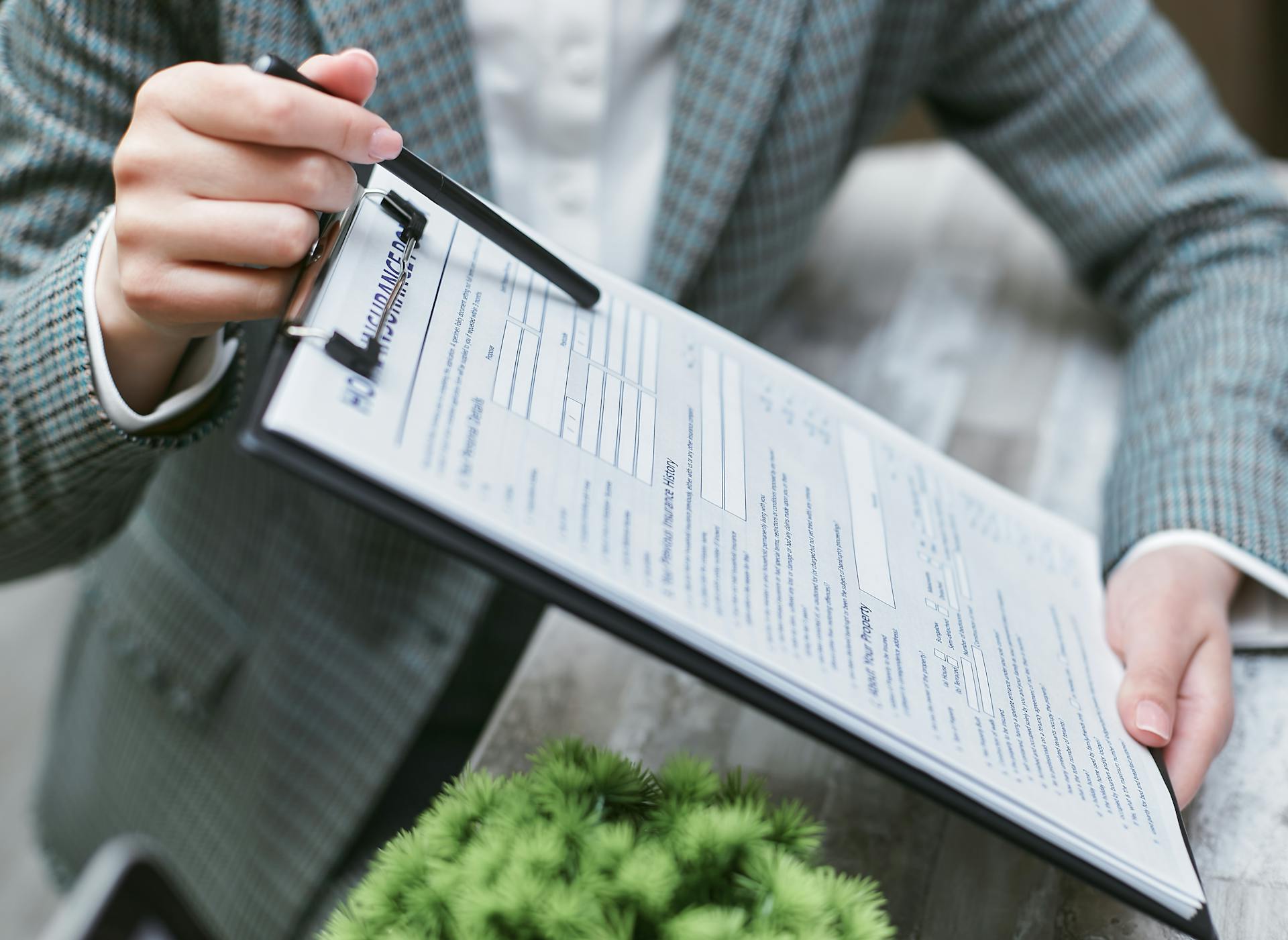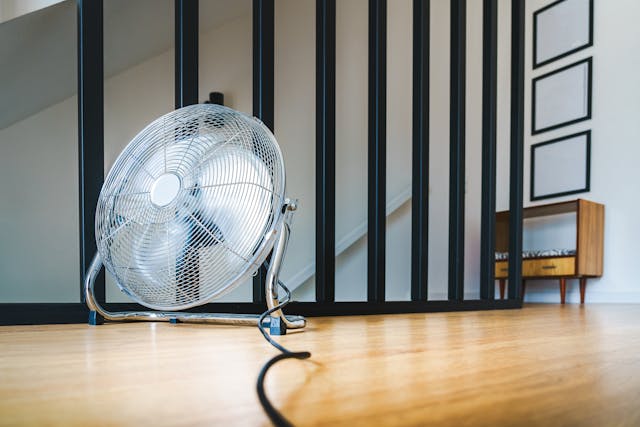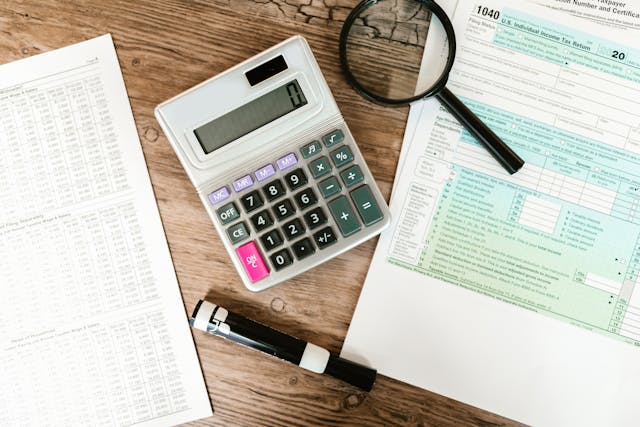The Basics of Writing Your Own Lease
You may have excellent communication with your tenants and a solid history of verbal agreements with them, however having an iron-clad lease will protect you and your property should any unforeseen legal issues come up.
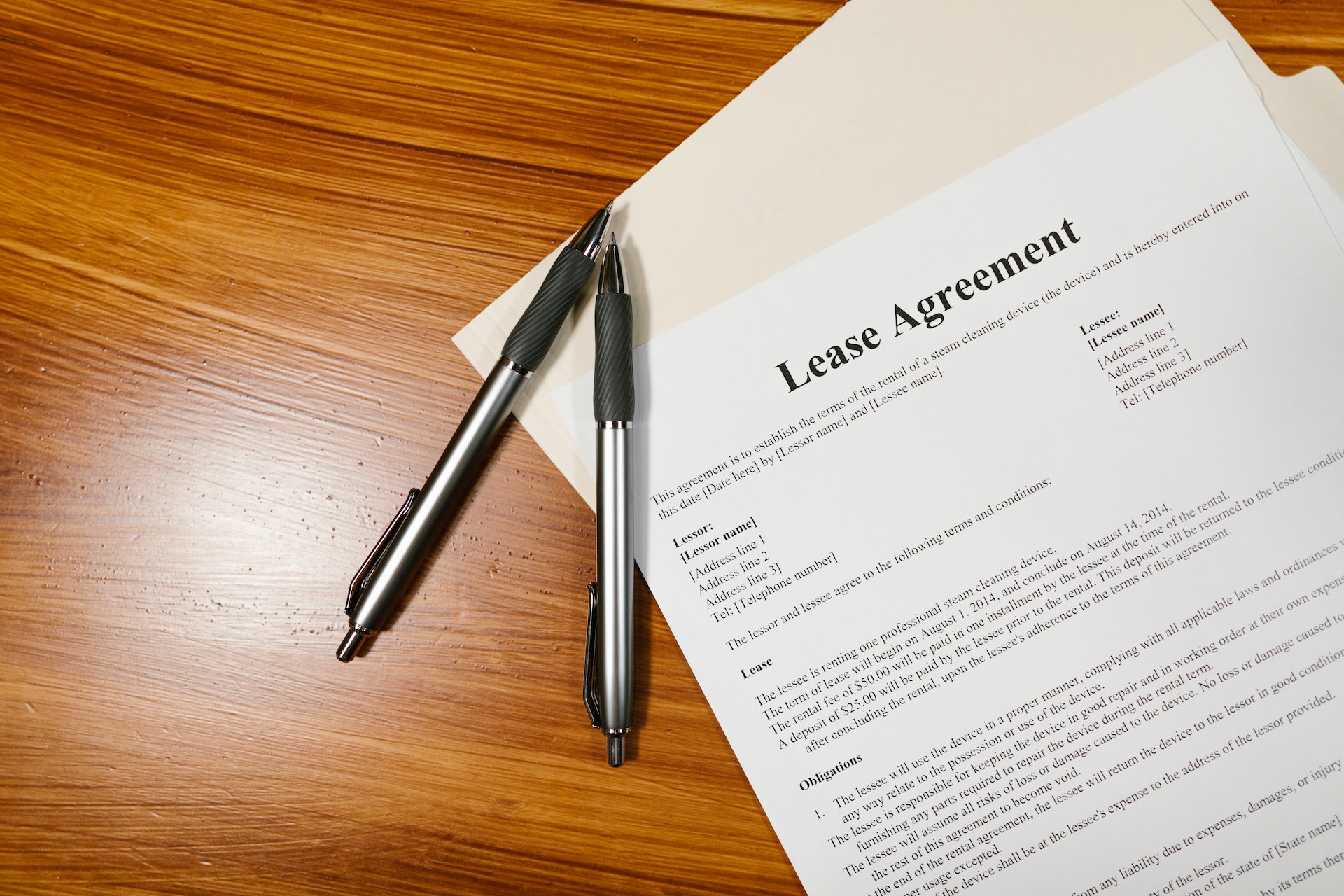
Many landlords rely on sample leases they find online instead of taking the time to write one themselves. Using a sample lease can certainly save you time and most online leases do make excellent templates, however it is important to not only be able to write your own lease but to also have a complete understanding of every clause contained within it. Writing your own lease allows you to customize it to your own rental properties and management needs, and offers you deeper insights into managing and maintaining your property. You may have excellent communication with your tenants and a solid history of verbal agreements with them, however having an iron-clad lease will protect you and your property should any unforeseen legal issues come up.
The difference between a Lease and a Rental Agreement
The terms "lease" and "rental agreement" are often used interchangeably, but they are technically two different types of documents. While both outline the terms and conditions for a renter to occupy a rental property, a lease is a single contract for a specified period of time - generally six months to a year. Leases can be renewed after the contract period is up, or they can be automatically turned into a rental agreement. A rental agreement differs from a lease in that it covers a shorter period, generally a 30-day period. These are what are known as "month-to-month" agreements.
Here are some good actions to take when writing your first lease:
- Read some sample leases and clauses online so you can see how things are worded.
- Start with writing a general lease as a base, then add specifics to each property or tenant as needed.
- Break up your lease into sections with headers and subsections to make it easier to read and understand. This will also make it easier for you and your tenant to find and refer to specific sections.
- Don't fill your lease with legal jargon when you can avoid it. It's important for your lease to be written in clear, easy to understand language to avoid the tenant misunderstanding the stipulations or becoming confused.
- Always follow state and local laws on how leases are supposed to be formatted, recorded or written.
Title and Format
Start with setting the title and format of your lease. The title doesn't need to be anything creative or flashy - "Lease Agreement" is just fine - and it should be large and centered at the top of the page. Next, create your headers. To make your lease clear and easy to understand, we recommend the following headers as a starting point:
- Leased Property
- Term
- Rent
- Deposit
- Utilities
- Occupancy
- Tenant Rights and Responsibilities
- Landlord Rights and Responsibilities
- Disclosures
- Lease Termination
- Governing Law
List Your Stipulations
Once the format is set, it's time to consider what you'd like the lease to address. Was there anything you noticed in the sample leases you looked at that you felt fit with your property management needs? Make a quick bullet list of everything you feel an ideal lease would cover. Then separate them into categories and list them below their respective fitting headers.
Add Detail to Each Stipulation
Once you've made your list, it's time to create clauses by adding details to each of the provisions. Each clause should provide complete legally binding details for each of the provisions under your headings. We recommend including the following information for each of the headers:
- Leased Property
- Property information - This is where you should include the property name, address, zoning, a description of the property and the common areas, and a definition of what areas on the lot are defined as the actual property itself.
- Party Information - List the names and contact information of all the tenants for the property. They should clearly be labeled as "tenant". Then list your name and contact information, labeling yourself as "landlord." Afterward, you can use the terms tenant and landlord throughout the document in lieu of names.
- Term
- Term of the Lease - Clearly state the term of the lease. Generally, they're between 6 months to a year but they can be anywhere from 3 months to several years. Check your local laws, as some areas may have restrictions on the length of the lease.
- Renewal of the Lease - Determine how you'd like the lease to be renewed. You can have your lease automatically renew after the lease period is up or choose to have the tenant give you notice when they want to renew. Add details on how the tenant is supposed to go about renewing the lease and add in the ability to reserve the right to not renew the lease for any reason. Also, include how much notice your tenant will need to give to end or renew the lease; this is generally 30 days, although some local laws may require 60 days' notice.
- Rent
- Rent Due Date and Cost - This section should state how much the rent is, what day it's due, and outline any sort of grace period that the tenant can pay rent late without being subjected to late fees. Also include which types of payment you'll accept.
- Late Fees and Penalties - Think about how much you want to charge for late fees, bounced checks, and what types of penalties these things will incur. What types of notices will you send them prior to filing eviction for failure to pay rent? Be sure to check local laws because the minimum length of notice is often legally defined by many states.
- Deposit - Determine and state how much you'd like to charge for your security deposit to potentially cover any incidental damage the tenant may do to the property while they're occupying it. Also include a clear definition of what is considered damage versus what's considered everyday wear and tear. Refer to local laws to determine how and where the security deposit money will be held during the length of the lease; be sure to include this information if applicable. Include when the deposit will be returned - again, be sure to check your local laws. As many states have laws about how long you have to asses a property for damage.
- Utilities - Who is responsible for paying which utilities? Include any details on what is covered versus the tenant's responsibility, as well as how utilities are divided if they're shared between multiple units.
- Occupancy - Clearly define who is the tenant, who can be on the property, how long guests can stay, and whether you allow subletting.
- Tenant Rights and Responsibilities - While tenants have the right to privacy while living at your property, as the landlord you have the right to clearly define what is not allowed. This could include removing any of the unit's appliances or putting nails in the walls. Be very specific about what is allowed and what's prohibited. You also have the option of adding that they can make temporary changes as long as they revert it once they move out. This is the section where you would also define whether you require renter's insurance. Some basic things to include that are easily overlooked are:
- Illegal activity on the property is prohibited
- The tenant is required to follow local health and safety laws
- The tenant must notify you immediately of any damage or safety issues
- The tenant must keep the property sanitary and free from debris
- Landlord Rights and Responsibilities - As the landlord, you also have a list of rights and responsibilities. While these are defined legally by state and local laws, it's important to list them in the lease as well so your tenant has a clear understanding. As the landlord, it's your duty to ensure that the property is in livable condition, which may also require you to make certain repairs as your tenants notify you of issues; list any timeframes that you are responsible for making these repairs by. While landlords have the right to enter and inspect their properties at any time, tenants must be given notice. Check your local laws to determine how much notice you're required to give, and list that in this section. This will ensure you're protected from potential privacy lawsuits should you need to enter the property for any reason.
- Disclosures - Depending on your location, there may be federal and state laws that require you to give certain disclosures about the property to tenants. This section simply provides written evidence that you provided the required disclosures to the tenant.
- Lease Termination
- Canceling the Lease (Tenant) - Clearly state the exact circumstances a tenant can terminate the lease before the stated term. Include which penalties they will incur if they cancel prior to the stated period without a valid reason and the fees they'll have to pay
- Canceling the Lease (Landlord) - Describe the reasons you as the landlord can terminate the lease early. This is up to your discretion, but it can be things like choosing to sell the property, failure to pay rent, or illegal activity on the property. Be sure to also include information about the process, such as how much notice you'll give, how long the tenant must reply to the notice, and when you can legally file for eviction.
- Governing Law - At the end of the lease, include a clause that states the governing law that the lease follows; be sure to include a stipulation that the governing law's clause will replace anything on the lease that is at odds with the governing law without invalidating the remaining lease agreement.
Once you've written all your clauses, make sure to check your local laws again to ensure your lease is compliant and doesn't have any inconsistencies or contradictions.
Create a Signature Section
This is one of the most important parts of your lease! A lease must be signed by all parties to be a legal document. Don't forget to include an area where you and the tenants will sign and date to acknowledge the agreement to the lease stipulations.
Addendums - While the above clauses are the foundation of your lease, there are always addendums you may want to add to further define the provisions of the lease. These could include which appliances are included with the rental, how you will handle abandonment (leaving the property without notice), lease termination for military personnel, termination due to sale of the property, pet fees and deposits, an inventory of keys and passwords given to tenants, and how you'll manage the property during the tenant's extended absences.
Congratulations, You've Written a Lease!
By following these steps you should now have a lease that is personalized to your specific properties and management style, while adhering to Federal, State, and local laws. If you get overwhelmed, just be sure to work through each section gradually and start from general headers to specific details. Bulk up your clauses as you go, referencing local laws as needed. Once you have a good base lease, you can use it as a template for all your properties, making small adjustments as needed. Take your time writing the foundation, and you'll have a perfect, iron-clad lease ready to go when you need it!
Created on: 03/18/24
Author: CreditLink Secure Blog Team
Tags: lease, leasing , rental agreement , month-to-month , monthly , yearly lease , renter , tenant,








